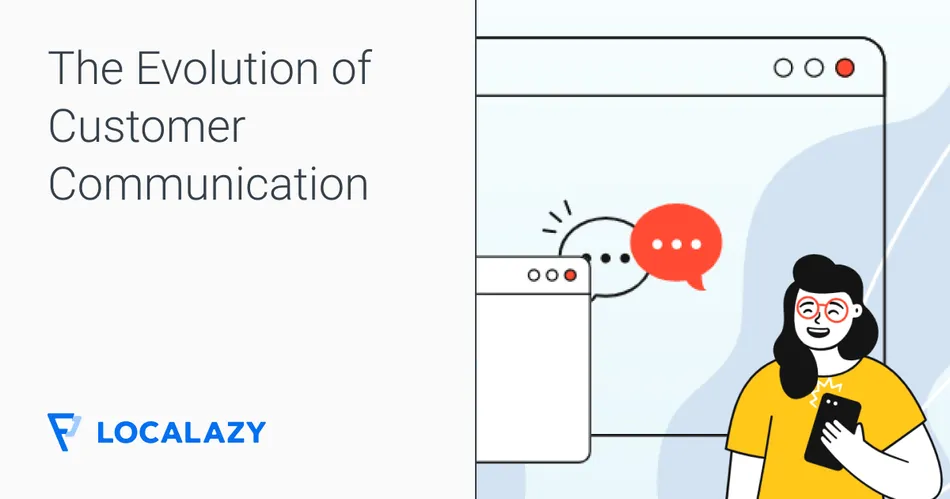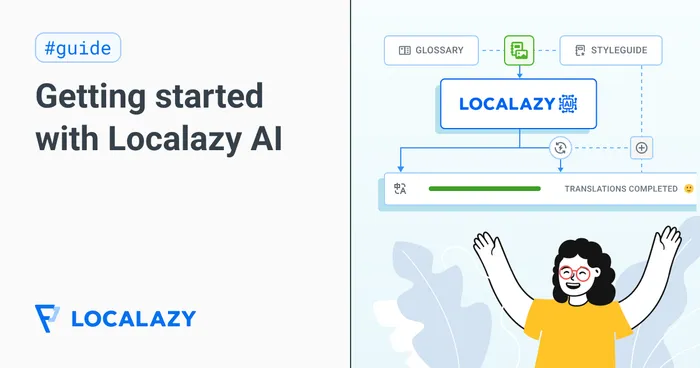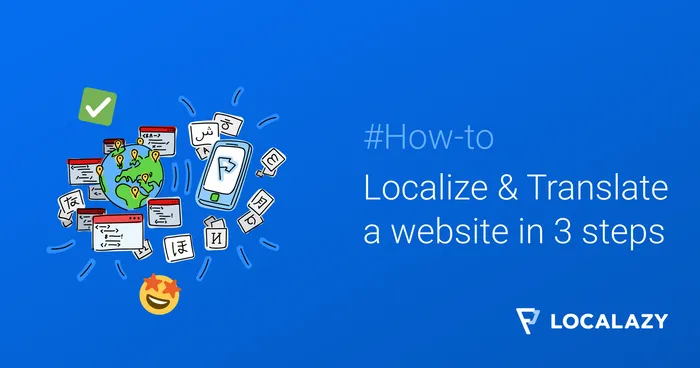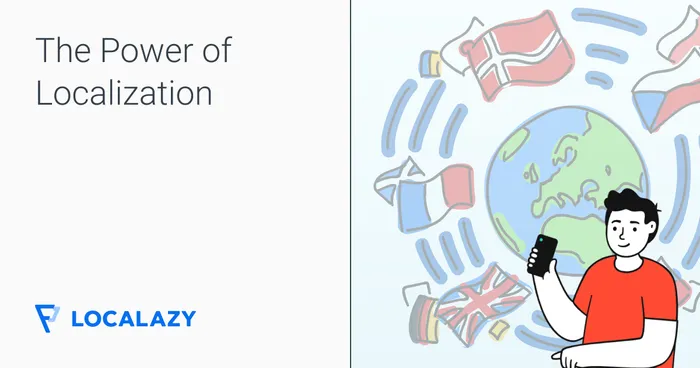Billboards, postcards, telegrams, and mailers were the norm once upon a time. Businesses had to communicate their latest product launches somehow, even if it took a long time to deliver the message.
But those days are gone. Digital communication has shaped the way businesses and brands interact with customers. Automation, chatbots, and social media can take credit for thoroughly transforming the dynamic.
This article will explore the latest developments and trends in customer communication, providing insights into emerging technologies, strategies, and predictions for the future of customer communication.
✍️ Digital Communication Over the Years 🔗
Think back 20 years ago when email was the only way to communicate online. Back then, landlines were still in use (Apple's first iPhone didn't arrive until 2007). Mobile phones were available but could only be used for making calls. You couldn't browse the internet, and you didn't have apps.
So, many things have changed about the way we communicate. These days, people do just about anything from their phones with a few taps. Texting, social media messages, video calls, etc., aren't limited to a computer screen anymore, and those technologies change our lives to the extent many find being already overeaten.
You can even read a great book Indistractable from a great author who previously built products engineered to hook you up (and wrote a book about it as well).

Digital communication can both harm & help. Just like it is with technologies, they can be used for good or evil purposes. Let's find out what comes next and how we can utilize emerging trends in customer communication for good.
Just like your computer or smartphone you are now using to read this article, customer communication is also a source of positive impact.
Fun fact: All modern computers descended from systems that were conceived and built by the Army Research Laboratory to address pressing military needs. Its predecessor, the Ballistics Research Laboratory, first got involved with the development of computing as early as the mid-1930s, according to the ARL.
🤝 Customer Experience In the Last 10 Years 🔗
Despite all the changes digital communication has experienced over the years, the 2010s alone saw a major shift in how businesses and brands communicate.
All sorts of factors played a role during that time. Both Instagram and iPad launched in 2010. Same with iMessage, Adobe Creative Cloud, and 4G. TikTok came on the scene later, in 2017, as Musical.ly. And streaming came around in 2019 (Disney+ and Apple TV).

But two main things were launched in the 2010s that really changed communication between customers and brands.
Automation 🔗
Ten years ago, automation was the rage. Businesses suddenly had chatbots capable of handling customer support tickets and FAQs in a heartbeat.
However, customers weren't as thrilled. They wanted a more human interaction that felt real. Chatbots weren't the best at handling complex issues—and to some extent, they still aren't.
Social Media 🔗
No conversation about digital communication or customer experiences is complete without addressing the elephant in the room: social media apps.
No matter how you feel about them, they have fundamentally changed modern business. Businesses can now engage with existing and potential customers using what was once merely a way to connect.
Using apps like TikTok and Instagram, you can reach a wider audience through your videos and recommendations. Adding hashtags to your videos can help you build a brand identity.
So, businesses that haven't capitalized on social media are disadvantaged. And yet, simultaneously, the ease with which businesses can jump on the bandwagon has made it harder for everyone to stand out.
Social media & community platforms are common places for public discourse. Just the media listening tools are a multimillion-dollar market, and if you lack the tools to track & measure sentiment, you are behind.
Watch the documentary about Cambridge Analytica to understand the complete picture of how powerful social media can be when it comes to public relations in, let's say, somewhat negative sentiment for many.
On the other side, social media is also a massive driver of positive impact. Just for imagination, campaigns like the ALS Ice bucket challenge were possible to distribute so fast, especially thanks to social media.
And the rest is history…
🌤️ Examining Emerging Trends 🔗
While the 2010s gave us a huge wave of change, the 2020s are also shaping up to be quite transformative. Businesses are changing how they've historically used technology and looking for ways to add the human touch to their customer conversations.
Here are some noteworthy trends to keep an eye on and maybe even consider rolling out.
Contact Centers As "Relationship Hubs" 🔗
It's true—contact centers have a bad reputation for not being very helpful. As pointed out before, chatbots leave a lot to be desired.
But these days, agents can build customer relationships via stellar customer service. After all, contact center agents are the first to know when something isn't working.
As long as they advise other departments, like sales, marketing, and product teams, the communication between brands and customers can finally thrive like never before.
Data-Driven Marketing (for An Improved Customer Experience) 🔗
Data help businesses better understand their customers. They can create customized campaigns using customer profiles to reach the right audience at the right time. So brands can now identify audience segments that would benefit from special, targeted advertising.

Also, more and more brands are pushing out customer satisfaction surveys and responding to feedback. Rolling out new changes that meet customer needs is a priority, and customer-centric companies such as Localazy strive to build products upon customer needs.
At Localazy, we are using Fibery to collect customer feedback and build our product in a data-driven way.
But these most advanced tools for ideal customer profiling, reverse ETL processes, or hyper-personalization are here not only to squeeze the most out of your personal data & sell, but the authors of such tools also widely help social entrepreneurs, changemakers and other positive changemakers to multiply their impact & increase advocacy.
Chatbot Automation Changes 🔗
Not to take another shot at chatbots, but we know where things stand. So, it should be no surprise that businesses are now testing the waters with Artificial Intelligence (AI).
Rather than simply user-based queries, they're gradually becoming predictive analytics tools based on real-time conversations.
Think contextual engagement, personalized experiences, and sentiment analytics. With AI able to self-learn and understand customer needs, it can provide more human-like help.
You can now teach your own instances of advanced ML & Neuron networks called "AI," mostly for marketing purposes, such as the most popular OpenAI's GPT-3 model, on your own knowledge dataset & let it answer your customer's needs. It's no longer a silly "if this, then that" automation from the early days. Even search engines like Nuclia Cloud allow you to build your own AI-powered search engine to help your customers find replies using natural language processing techniques.

🔮 Predictions for the Future 🔗
Do we have a crystal ball? Not yet, and AI won't help us answer it. All of the answers for the near future are already here. After all, the "AI" is still just distilling the information already present.
What is your take? Which technologies, frameworks, and approaches are going to shape the world in the next 10, 50 years and hopefully help us improve the quality of life for all the beings on our planet?
Can you imagine which companies shall employ their technologies for a higher good? And who can get used to them?
If the best description of the past (and present, to some extent) has been a clear lack of true fusion between humanity and technology, then the best description of the future is human-like technology.
Businesses far and wide will meet customers wherever they are—from texts to live chats—and deliver customized experiences thanks to data and AI. Human representatives won't sound stiff and read off canned scripts anymore. Gone will be the days of frustrating, generic chatbot responses.
Instead, businesses will heavily rely on social media and website analytics, audience research tools, CRM platforms, surveys, and loyalty programs.
And their two main goals? Showing more empathy (to connect on a human level) and delivering fast customer service (to quickly resolve problems).
✔️ Moving Forward 🔗
Clearly, there's a lot of ground to cover, but businesses have achieved a substantial change over the last few years alone. From social media to automation, technology has revolutionized how brands reach out to customers and resolve everyday problems.
But this is only the beginning. To thrive, businesses need to keep innovating, automating, and tweaking their solutions. With technology ever-changing the landscape, staying current is crucial.
Most importantly, it's not enough to launch tools that "get the job done" anymore. These days, thanks to exposure to more technological advancements, social-economic changes, and political developments, people are demanding a more transparent & human experience.
Only by adapting and rolling out new ways to use emerging tech will businesses stay competitive and provide the best possible customer service.




